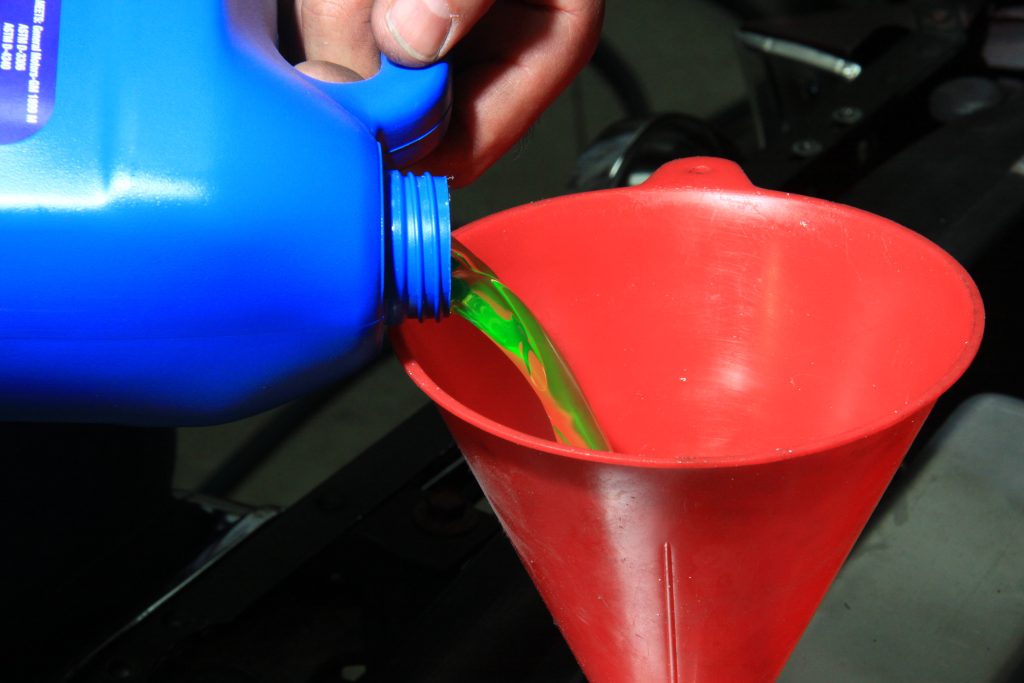You’ve got questions. We’ve got the answers— the Summit Racing tech department tackles your automotive-related conundrums. This week, we’re discussing high coolant temperatures at highway speeds.
Q. I have a 1988 GMC K-1500 four-wheel-drive pickup. It has a 5.0L V8 and a five-speed transmission. The only major option is air conditioning. I have added two modifications: a K&N air filter and an MSD 6A ignition. The truck runs great except for one problem.
I commute 55 miles one-way to my job. When I drive my truck, I notice the engine temperature climbs when I’m doing 55 or 65 miles-per-hour on the Interstate. The highest it has ever gone is 210 degrees. Once I get off the highway or get stuck in traffic, the temperature drops back to normal. I currently run a 160-degree thermostat. This problem only occurs in the warmer months.
Can you help me fix this?

A. First off, 210 degrees is not all that hot for your engine.
However, there are a few steps we recommend if you’re concerned about potential cooling system problems, starting with a visual inspection. Look for leaking coolant, check your coolant level, and make sure your radiator core isn’t clogged with leaves, bugs, or other debris. Next, inspect the clutch and fan-belt tension or make sure your electric fan is operating properly if your vehicle is so equipped. We can probably eliminate this as the problem as undersized or slow-spinning fans typically cause overheating at low speeds—the opposite of your situation.
If you suspect coolant flow problems, check your thermostat by placing it in a pan of water on top of your stove. Gradually heat the water and read the thermostat’s opening temperature with a thermometer. While the thermostat is out, replace the water neck, refill the system, and look into the radiator with the engine running. You should see consistent flow of coolant at a decent rate of speed. Poor coolant flow can be caused by a damaged water pump impeller or clogged water passages in your engine or radiator.
Be sure to check out our articles on cooling system troubleshooting or cooling system tests for more information.
High coolant temperatures can also be a symptom of something else, which is what we suspect in your case. We feel you may have a lean condition at cruise rpm which caused increased airflow from your K&N filter and enhanced combustion from your MSD ignition. There is less oxygen per cubic-inch of warm air so the problem only occurs in warm weather. Again, 210 degrees isn’t a huge issue; if your lean condition was severe, you would be seeing temperatures approximately 20 degrees hotter.

How hot is too hot? I have temps that range from 210-240 depending on movement.
Granted, this seems a bit on the high side for a performance application; it happens to be right in the correct area for an emissions applications.
At 230 I usually start to pay attention. I live in Phoenix though so results may vary.
One question I have that I guess you guys can answer better. In this chicago summer my BMW 2001 325 with clutch fan make roar noise when I turn ac on.
Will it be better to have clutch fan replaced with Electiric fan ?